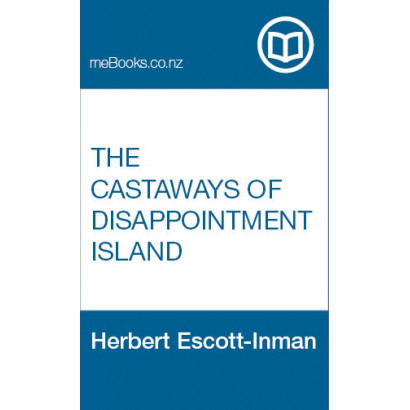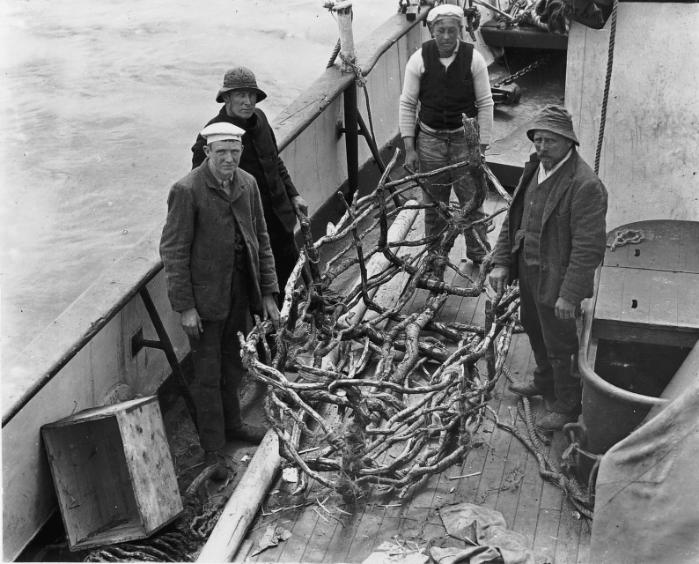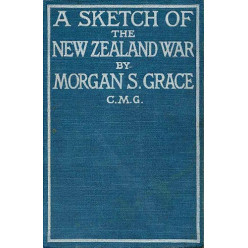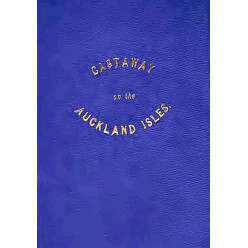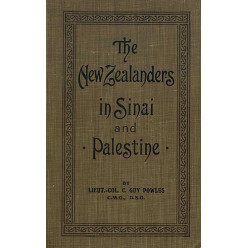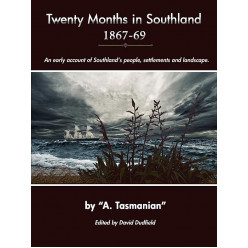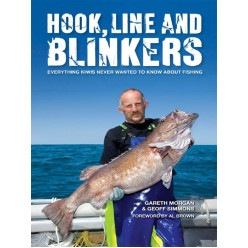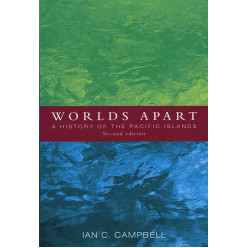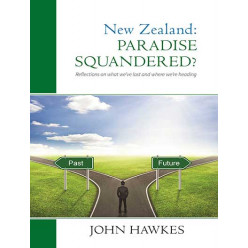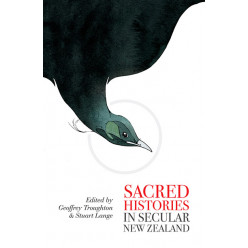The Castaways of Disappointment Island
Immediate Download
Download this title immediately after purchase, and start reading straight away!
View Our Latest Ebooks
Explore our latest ebooks, catering to a wide range of reading tastes.
Originally published 1911, by S. W. Partridge & Co., Ltd.
Herbert Escott-Inman's The Castaways of Disappointment Island is the true story of the wreck of the Dundonald near the Auckland Islands, a group of sub-antarctic islands lying 180 miles south of New Zealand, in 1907.
The Dundonald sank on 7th March 1907 after running ashore on the west side of Disappointment Island, in the Auckland group on 6 March 1907. Her foremast remained standing for twelve days during which time the castaways salved as much canvas as they could. Disappointment Island is five miles from the north-west end of the Auckland Islands and 180 miles south of New Zealand. Twelve drowned including Captain J.T. Thorburn and his son. There were sixteen survivors. The mate, Jabez Peters, died 25 March 1907, eighteen days after the wreck from exposure and was buried in the sand on Disappointment Island. In November 1907 his body was exhumed by the Hinemoa crew and reburied at the Hardwicke cemetery at Port Ross, Auckland Islands.
The survivors ate raw mollyhawks until they got a fire going. It took three days for the matches to dry out then they lit a fire which they kept going for seven months. A canvas tent could not withstand the constant storms so they needed a stronger shelter. There was no timber on the island they were forced to burrow holes in the ground and roof them over with sods and tussocks for shelter through the severe winter, existing on mollyhawks, sooty albatrosses, mutton-birds, whale-birds and an occasional sea lion cooked in clay ovens. The men lived mostly on mollyhawks for seven months. There only vegetable plant was the root of a plant called stilbo-carpa polaris. The men never gave up. They made whatever they needed. Ropes from grass fibre, shoes from seal skin, wooden spoons, wooden hooks, and oars of the crooked veronica elliptica, the only wood on the island, with canvas sewn around the forked sticks for the oar blades. They even tied messages to albatrosses. They made blankets and pieces of clothing from the canvas by sewing using sharpened bone for a needle with a hole bored in it. A sou'wester served as a cup.
The men knew there was a food depot on Auckland Island, five miles across a rough strait. The crew manufactured a coracle out of the salvaged canvas, lashing the sticks together with wire and rope. [A coracle is a small rounded boat made of waterproof material stretched over a wicker or wooden frame and is still used by fisherman in Wales and some parts of Ireland] This canvas boat was made and three men crossed to the main island in the group eight kilometres away, Auckland Island, but failed to find the food depots placed there by the New Zealand Government so they returned to Disappointment Island on August 9th. A second boat was built, but was smashed in launching. In October they built a third and four men, K. Knudsen, Charles Eyre, Walters and J. Gratton, crossed to the main island, but it was smashed in landing. They had with them a piece of lighted turf but the fire was put out. However, this time on the fourth morning, after struggling through fifteen miles of bush and scrub to the other side of the island, they found the food depot at Port Ross and a boat but the boat had no sails so the undefeated castaways cut up their clothes and made them into sails. They had found clothes, tinned meat, ship's biscuits and an old blunderbuss was found at the depot and later on with this gun they hunted cattle on Enderby Island. There was a piece of paper in the depot stating that the Tutanekai had called there on February 1, and that another Government boat would call in six months. The depot had been rifled for its tea, butter, sugar and coffee. They returned to Disappointment Island and this time the whole party of sixteen was ferried across in two trips.
K Knudsen, Michael Puhl, Robert Ellis and John Gratton on board the Hinemoa alongside a wooden frame of what had been a canvas boat (coracle).
The Dundonald men erected a jetty and flagstaff at Ross Harbour. The castaways made a flagstaff of sticks and branches and a homemade flag with the word "Welcome". The word and anchors are in cloth, sewed on to the flag. On October 16th the New Zealand Government steamer Hinemoa was on a sixteen-day cruise, partly a scientific expedition arranged by the Canterbury Philosophical Institute, and partly to replenish stores at the Relief Depots in the Auckland, Bounty, Campbell and Antipodes Islands. They discovered the castaways at Erebus Cove, and left two weeks of supplies with the castaways while the carried out their expedition, finally returning to Bluff with the fifteen survivors on 30th November.
